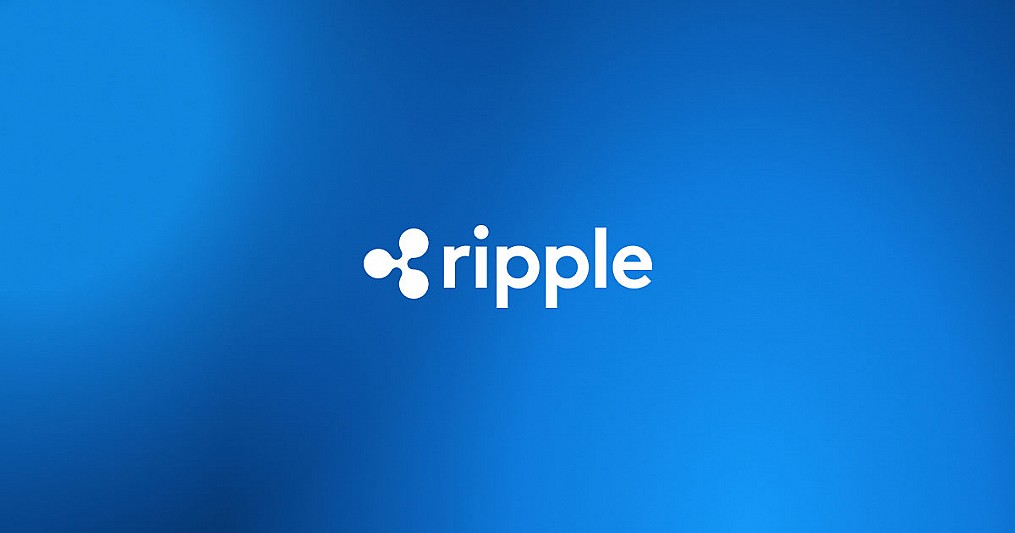Ripple Has Expanded to 80+ Countries Worldwide
25.07.2024 21:32 1 min. read Alexander Stefanov
Ripple has successfully expanded its liquidity network to over 80 markets globally. By building innovative liquidity pathways, the fintech company aims to make cross-border payments faster, more affordable, and seamless.
As the crypto market grows rapidly, it still remains smaller than the global foreign exchange (FX) market, presenting unique challenges that require advanced solutions.
Ripple addresses these by trying to facilitate fast, on-demand settlements at minimal costs while ensuring a superior cross-border payment experience for customers and partners.
To achieve this, Ripple leverages blockchain technology to ensure liquidity is always available, even outside traditional banking hours.
This technology allows global payment transactions to settle almost instantly at significantly lower costs by eliminating intermediaries.
Unlike traditional methods, crypto transactions on blockchain ledgers are not restricted by banking hours or holidays, enabling money transfers anytime, anywhere.
This milestone of expanding the liquidity network to 80+ countries is a remarkable feat by Ripple and positions the company’s products as one of the best blockchain-based solutions for crypto and traditional markets alike.
-
1
BIS Slams Stablecoins, Calls Them Ill-Suited for Modern Monetary Systems
26.06.2025 9:00 1 min. read -
2
Robinhood to Launch Tokenized Shares of OpenAI and SpaceX for European Users
01.07.2025 11:00 2 min. read -
3
Robinhood Expands Crypto Futures With XRP and Solana Micro Contracts
28.06.2025 13:00 2 min. read -
4
GF Securities Becomes First in Hong Kong to Issue Tokenized Securities On-Chain
27.06.2025 20:00 2 min. read -
5
Coinbase to Launch U.S. Perpetual-Style Futures on July 21
28.06.2025 14:30 2 min. read
Coinbase Strengthens DeFi Push With Opyn Leadership Acquisition
Coinbase has taken a major step toward expanding its decentralized finance (DeFi) presence by bringing onboard the leadership team behind Opyn Markets, a prominent name in the DeFi derivatives space.
Grayscale Urges SEC to Allow Multi-Crypto ETF to Proceed
Grayscale Investments has called on the U.S. Securities and Exchange Commission (SEC) to allow the launch of its multi-crypto ETF—the Grayscale Digital Large Cap Fund—arguing that further delays violate statutory deadlines and harm investors.
Robinhood Launches Ethereum and Solana Staking for U.S. Users
Robinhood has officially introduced Ethereum (ETH) and Solana (SOL) staking services for its U.S. customers, offering a new way for users to earn rewards on their crypto holdings.
Binance CEO Reveals What’s Fueling the Next Global Crypto Boom
Binance CEO Richard Teng shared an optimistic outlook on the future of cryptocurrencies during an appearance on Mornings with Maria, highlighting growing global acceptance, regulatory progress, and strategic reserve integration.
-
1
BIS Slams Stablecoins, Calls Them Ill-Suited for Modern Monetary Systems
26.06.2025 9:00 1 min. read -
2
Robinhood to Launch Tokenized Shares of OpenAI and SpaceX for European Users
01.07.2025 11:00 2 min. read -
3
Robinhood Expands Crypto Futures With XRP and Solana Micro Contracts
28.06.2025 13:00 2 min. read -
4
GF Securities Becomes First in Hong Kong to Issue Tokenized Securities On-Chain
27.06.2025 20:00 2 min. read -
5
Coinbase to Launch U.S. Perpetual-Style Futures on July 21
28.06.2025 14:30 2 min. read


